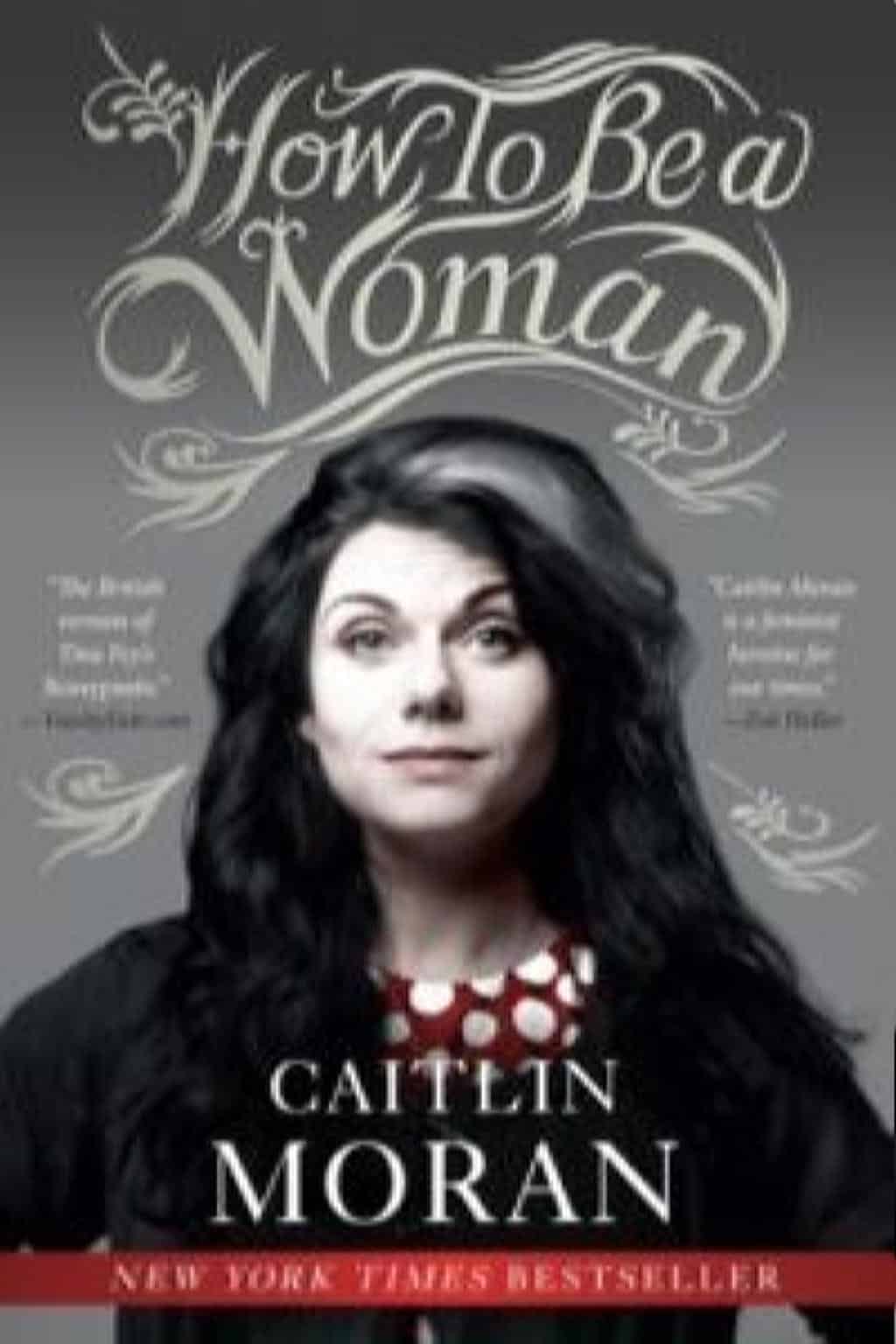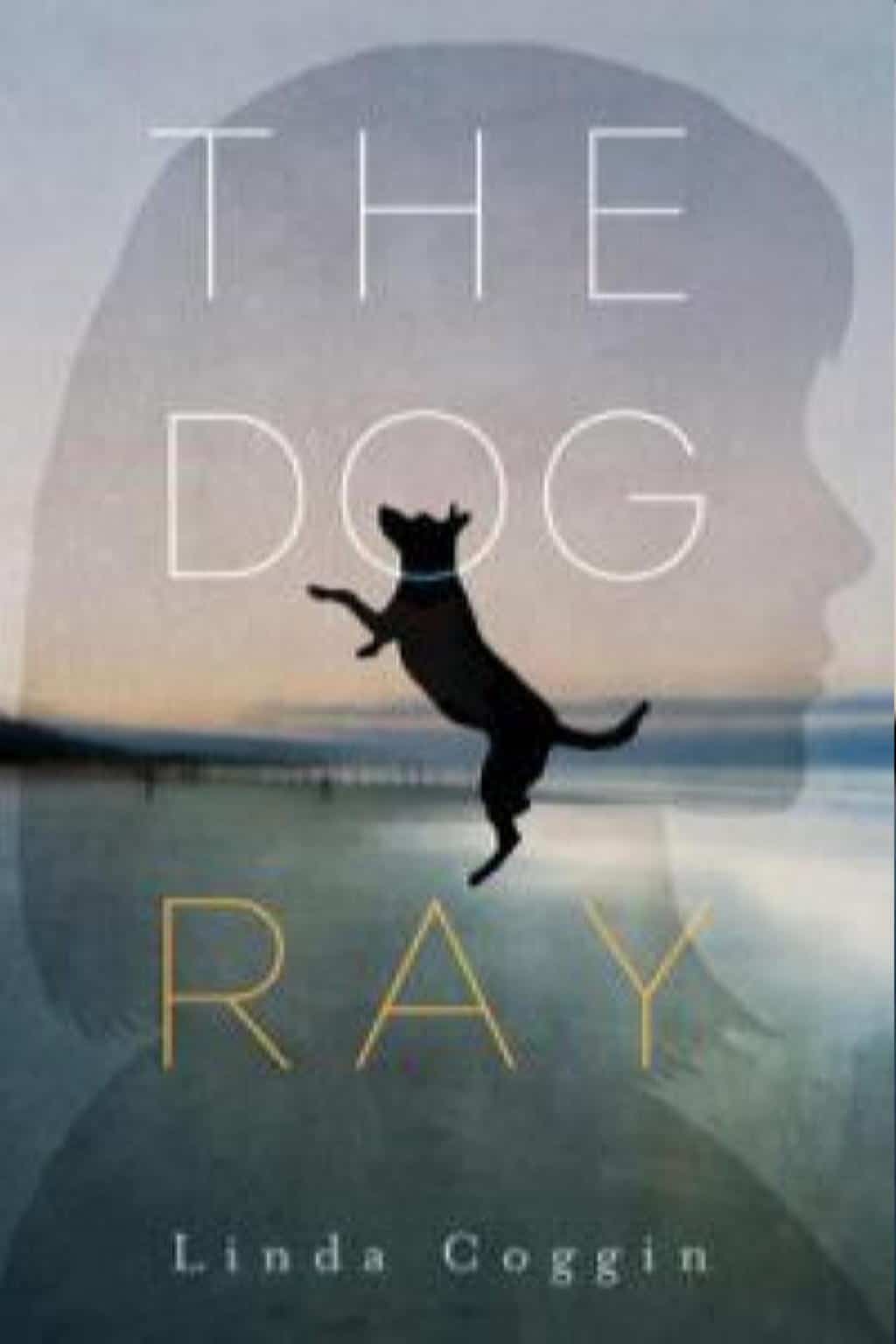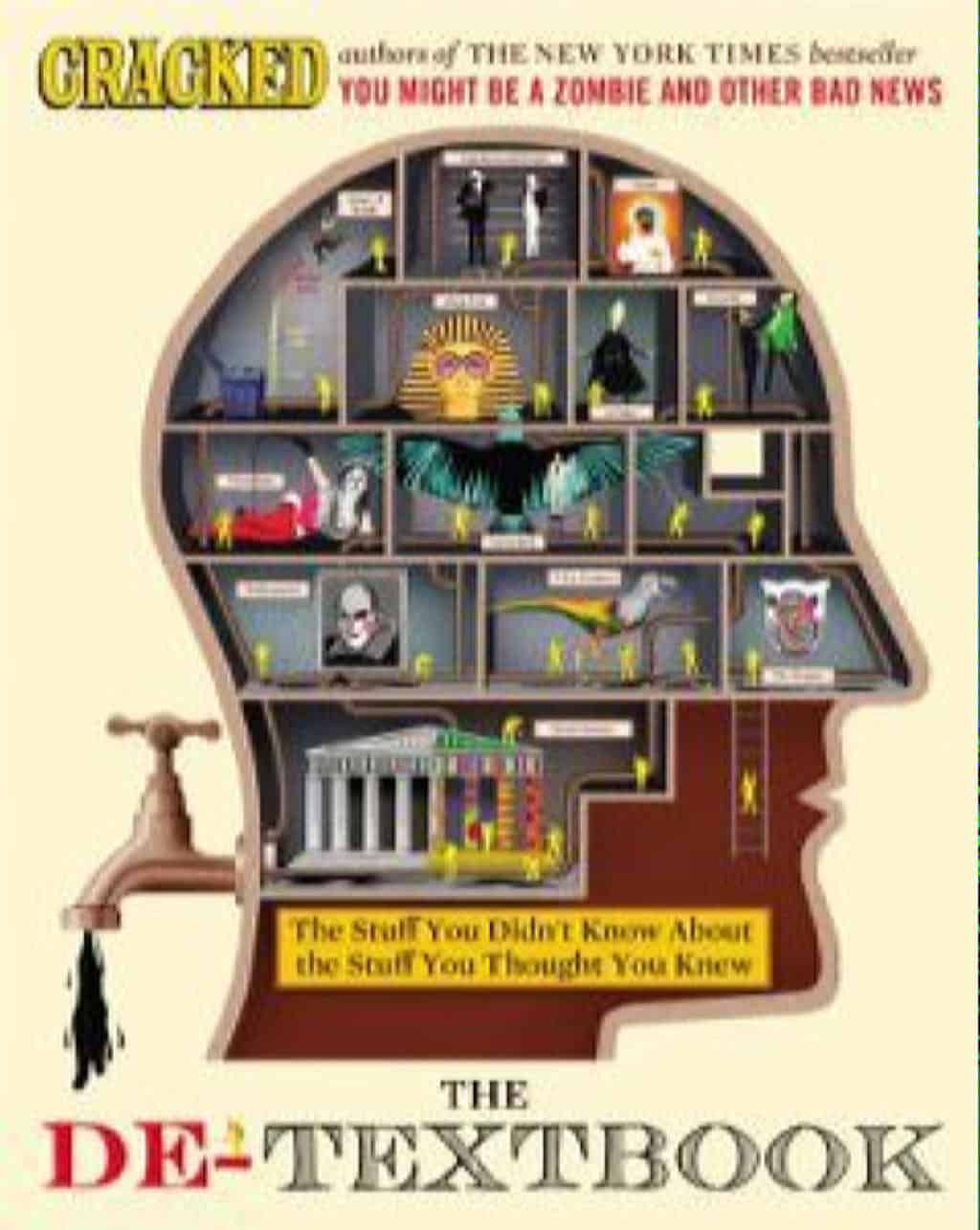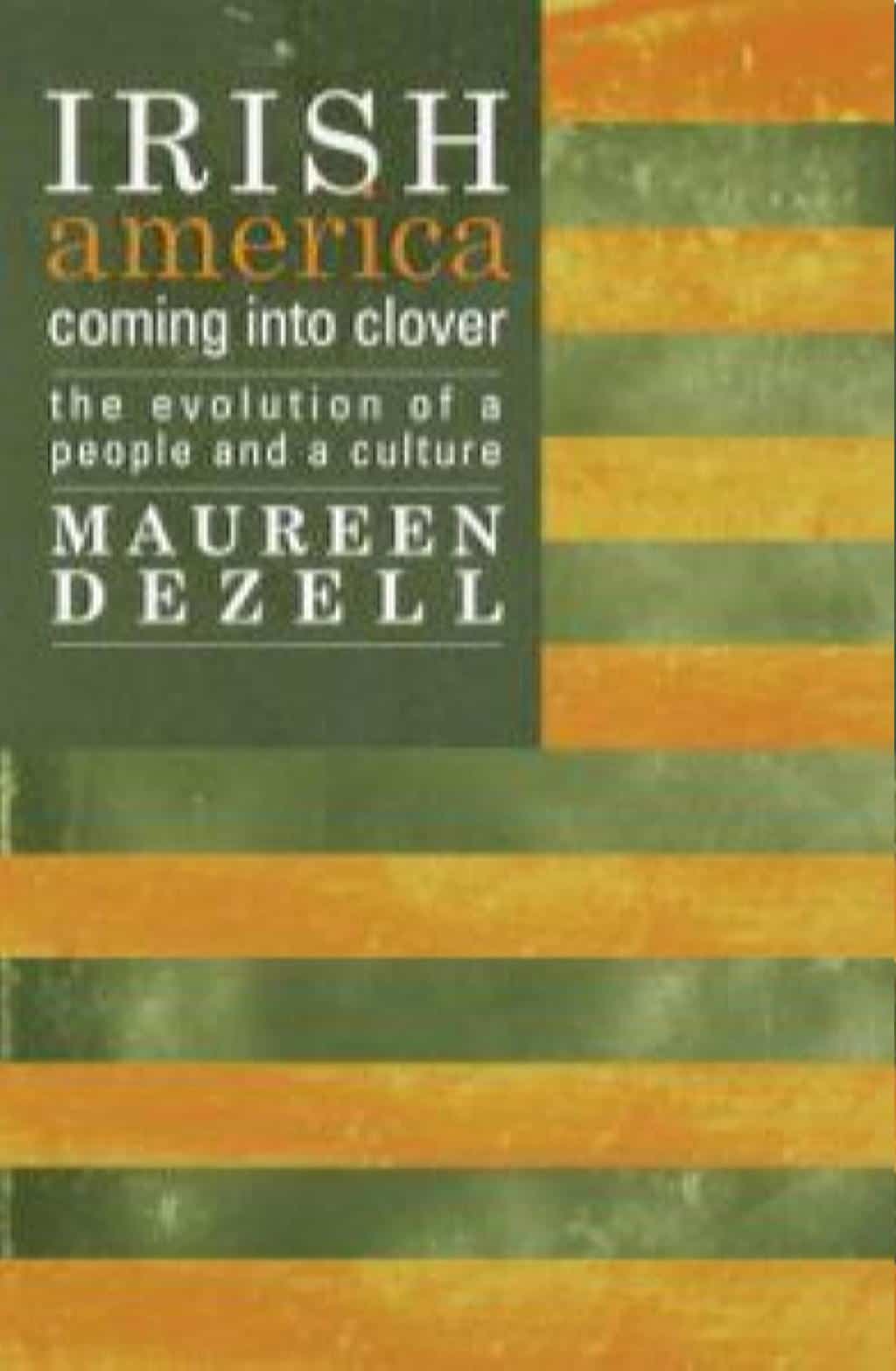 The Modern Face of Feminism
The Modern Face of Feminism
By Vivienne Uccello, Public Relations Coordinator
According to author Rebecca Solnit, women have a long way to go before they are treated as equals to men.
In her book Men Explain Things to Me, Solnit cites alarming statistics about violence against women that back up her claim. One such fact, confirmed by the Center for Disease Control, Women’s Health USA, WebMD, and other reliable sources, is that murder is the leading cause of death for pregnant women in the United States today. This information shocked me and prompted me to investigate the topic of modern feminism.
Solnit’s book begins with a funny but frustratingly familiar anecdote about her experience at a social gathering in Aspen, Colorado. The male host of the party pulls Rebecca aside, asks her what she does for a living, then proceeds to educate her about a fascinating book he recently discovered. The book happens to be her own work, River of Shadows: Eadweard Muybridge and the Technological Wild West. But so convinced is he that a woman could not possibly have been the author that Rebecca’s friend has to interrupt him saying “That’s her book” five times before he will believe it.
The host is embarrassed when he learns he has been explaining something to the person who literally “wrote the book” on it. Rebecca leaves the party ready to dismiss the mistake, but instead she decides to delve a little deeper into the circumstances which created the all-too-familiar situation. Why was it so easy for the host to assume he knew more than she did? Why did she initially take the bait, reacting in a “typical female way” by failing to stand up for herself?
Solnit’s initial essay exploring those questions went viral in 2008, and is credited with inspiring the term “mansplaining.” She compiled several more essays about gender equality and released the collection as Men Explain Things to Me in 2014.
To continue my quest, I checked out How to Be a Woman by humorist Caitlin Moran. This was a lighter read and provided a bit of a break. Moran’s book is full of relatable stories and personal anecdotes which highlight some of the struggles women experience. She shared her memories honestly and with wit, and because of her openness, her book is likely to make you feel less alone in the world. I would not recommend it as a particularly “feminist text,” but it was insightful and personal, and I enjoyed the book.
Searching for another work which would embody feminist ideals, I picked up the classic Feminine Mystique by Betty Friedan and my socks were knocked off.
Friedan wrote this groundbreaking work in 1963 and is credited for igniting a revolution. She called the typical expectations and roles assigned to women “soft prisons (which) destroyed the human identity.” She advocated for women to stand up, fight for their own sense of humanity and importance, and not be silenced.
Friedan went on to found the National Organization for Women. She was adamant that women should find their own voice through self-actualization and empowerment. She wrote “Men are not the enemy, but fellow victims. The real enemy is women’s denigration of themselves.” I recommend this book to anyone and everyone. It explores underlying issues still facing women and men today, such as personal fulfillment, career vs. family responsibilities, and identity.
If you have a young person in your life who may not be ready to take on the challenge of Feminine Mystique, a new book for young adult audiences has been flying off the shelves. Here We Are: Feminism for the Real World by Kelly Jensen is a compilation of works by forty-four different artists; each contributor shares ideas and stories in a scrapbook format. The works encourage teens to explore identity and cultural norms by challenging perspectives. I appreciated that the book offered many different views, even some which contradicted each other, thus further encouraging readers to think critically.
One important point I want to stress about feminism and Women’s History Month is that stories by and about women are not relevant only to women. Each work I read has relevance for humans trying to live on the planet together, and I encourage people of all backgrounds to read them.


 Good Reads for Young Naturalists and Outdoor Lovers
Good Reads for Young Naturalists and Outdoor Lovers Judging Books by Their Covers
Judging Books by Their Covers Irish Heritage Month
Irish Heritage Month